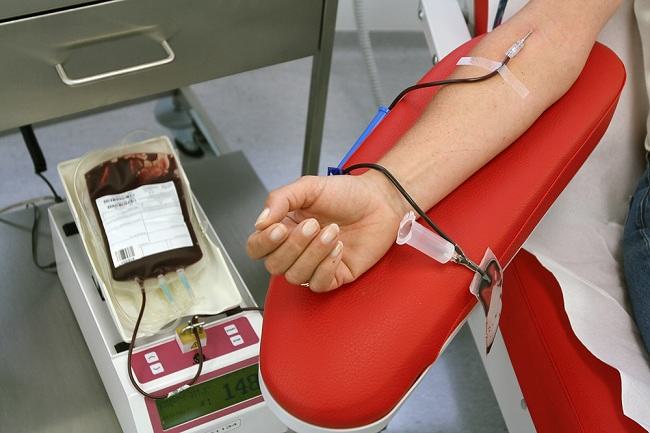PTeeth whitening is a procedure to lighten teeth by removing stains from the surface of the teeth.Although this procedure is effective in removing stains and brightening teeth, patients still need to accompany it with good dental care so that the brightening effect on the teeth can last for a long time.
Tooth discoloration can occur due to many things, including poor dental hygiene, smoking, aging, injury, or the use of certain medications. While tooth discoloration is generally harmless, it can have a big impact on a person's appearance and self-confidence.

Teeth Whitening Indications
Teeth whitening can be done by anyone who has yellow or brown stains on his teeth, especially in patients who have healthy teeth and gums, and do not have cavities.
Teeth Whitening Alert
Not all tooth stains can be treated with teeth whitening procedures. This procedure is more effective at treating yellow stains than brown stains. Meanwhile, gray or purple stains on the teeth may not be treated with this procedure.
In addition, there are several conditions that cause teeth whitening procedures to be avoided or postponed, namely:
- Under the age of 16 years, because teeth whitening is at risk of causing sensitive teeth
- Are pregnant or breastfeeding
- Have sensitive teeth, because of the risk of worsening the condition
- Have an allergy to peroxide (peroxide)
- Having problems with your teeth and gums, such as cavities or gingivitis
- Have dental restorations, such as denture crowns or dental veneers, because the results of teeth whitening will be uneven if these artificial teeth are present
If the patient wants to do tooth restoration at the same time as teeth whitening, it is recommended to do teeth whitening first. Restoration of teeth can be done 2 weeks later and the color will be adjusted to the color of the teeth that have been bleached.
Before Teeth Whitening
There is no special preparation for undergoing a teeth whitening procedure. However, the doctor may carry out a number of examinations to ensure that the teeth whitening procedure is the right treatment for the patient's complaints.
In addition, the patient's teeth will also be photographed as a comparison before and after teeth whitening.
If the patient has a large enough hole in the tooth, the tooth must be filled before teeth whitening is performed. However, if the hole is small, the doctor may be able to cover the hole with a special gel or rubber to protect the gums from the effects of the bleaching liquid that will be used.
Teeth Whitening Procedure
Teeth whitening procedures are generally carried out by dentists with the following stages:
- The dentist will polish the surface of the tooth with a special liquid that contains acids andpumice to remove plaque.
- The lips, gums, tongue, and inner cheeks will be protected with gauze, rubber, gel, or a brace called a retractor to keep the bleach from coming into contact.
- A bleach based on hydrogen peroxide or carbamide peroxide (15–43%) is applied to the tooth surface.
- The doctor will irradiate the teeth with ultraviolet light for 30-60 minutes to help the whitening process.
- After that, the teeth will be cleaned of bleach and all the shielding removed.
- The doctor will apply fluoride on the teeth to reduce the pain or sensitivity that commonly occurs after the procedure.
If the results are not as desired, the patient can make a schedule to repeat the teeth whitening process.
After Teeth Whitening
The teeth whitening effect is not permanent. Generally, these effects can last for 1-3 years if supported by good dental care, such as:
- As much as possible avoid the consumption of foods or drinks that can stain teeth, such as coffee, tea, tomato sauce or juice. wine, and candy.
- If you eat these foods or drinks, rinse your mouth immediately afterward. If you want to brush your teeth, wait 30 minutes after consuming the food or drink.
- Quit smoking.
- Brush teeth 2 times a day and use dental floss (dental floss) to remove food residue.
- Use a whitening toothpaste 1-2 times a week and use regular toothpaste to brush your teeth every day.
- Do regular dental checkups, at least every 6 months.
Teeth Whitening Side Effects
Teeth whitening can increase tooth sensitivity and cause mild irritation to the soft tissues of the mouth, especially the gums. However, this condition is only temporary and will disappear 1-3 days after teeth whitening.
To reduce the sensitivity of the teeth and gums, use a toothpaste containing potassium (potassium nitrate). However, it is better to consult the doctor first to use the toothpaste.









